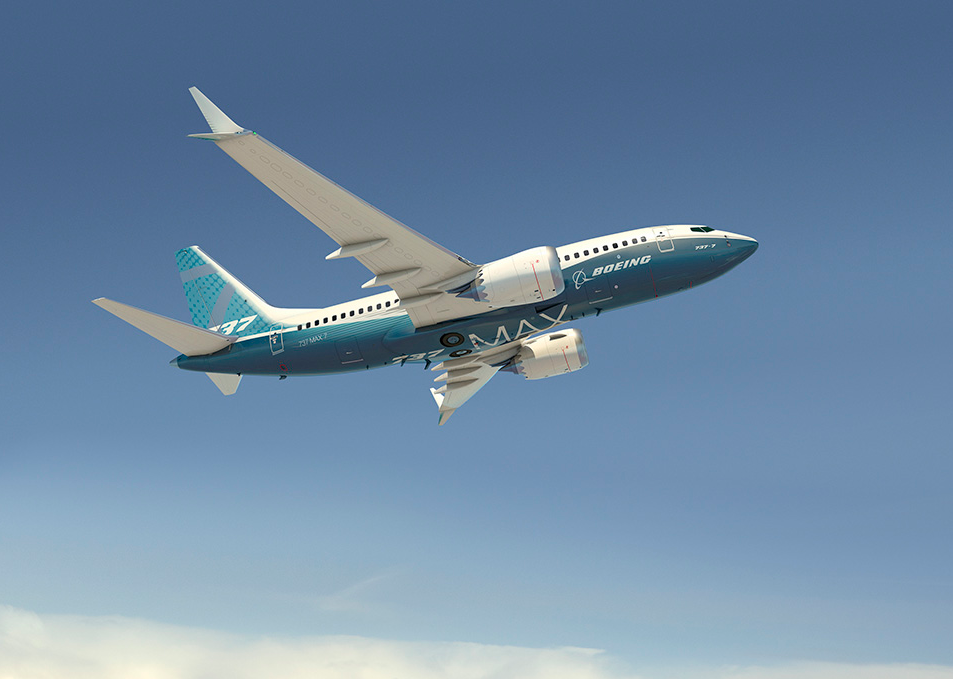How good is a MAX 7X and why would it replace the original? Part 3
By Bjorn Fehrm
Subscription required
Introduction
May 16, 2016, ©. Leeham Co: In Part 1 and Part 2 of the article series we have described the rational for Boeing to change the definition of the 737-7 MAX into something that has the working name of 737-7X. This is a 737-7 variant that is based on a shortened 737-8.

Figure 1. Boeing’s 737 MAX 7. Source: Boeing
In the previous articles we defined a probable size for such a cut down 737-8. The size is determined by economical criteria where the second most dominant cost in an airlines operation, the crewing cost, is the sizing criteria. These costs have a step increase if the aircraft's seating go beyond 150 seats.
We sized the 737-7X cabin size (and therefore fuselage length) to avoid such cost increases. In this article, we will compare the resulting main data for a 7X to the original 7 and compare their fuel efficiencies.
Summary
- A 737-7X will be a larger and heavier aircraft than the original MAX 7.
- As such it will consume more fuel per mission; its aircraft fuel mile costs will be higher.
- The key comparison for an airline is the fuel consumption per seat mile for its missions. It would be vital that this is lower for a 7X than the presently defined 7.
- We check if this is the case with our proprietary performance model.
To read the rest of the article Login or Subscribe today.
Category: Boeing, CFM, Premium
Tags: 737 MAX, 737-7, 737-7.5, 737-7X, 737-8, 737NG, Boeing, Southwest Airlines, WestJet


